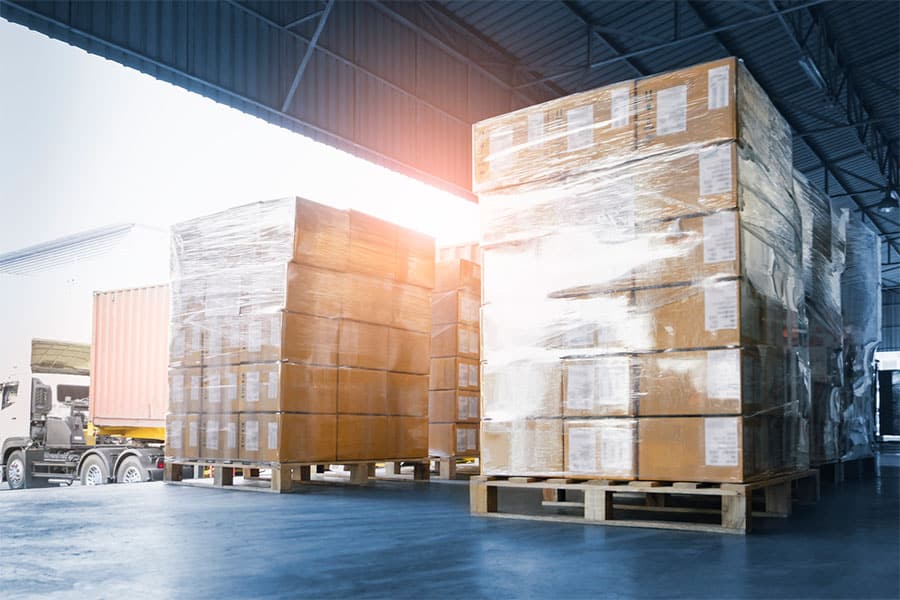When dealing in the shipping industry, moving goods safely and securely is paramount for doing effective business. Whether you are an industry pro or just starting to ramp up sales where you need pallet shipping options, several practices in securing your pallets may save you a lot of time and money. Here we have a short but comprehensive guide filled with tips on preparing your goods for shipping.
Strap It Down And Wrap It Up
First and foremost, among concerns for securing a pallet is to ensure that it stays in place and does not suffer damage, whether from weight shifts, accidental spillage, or weather. Always use straps to secure your products from top to bottom and side to side. Products, such as polyester or steel strapping, will secure your products to the pallet and ensure that your goods will remain intact even in the event of a sudden stop or crash by the courier. Types of strapping include:
- Steel Strapping/Banding: Steel is one of the most commonly used strapping products and is helpful in the movement of common construction materials like bricks, paving stones, heavy wire, and other metals.
- Polyester/Polypropylene Materials: Just as strong as steel, poly materials used in strapping are the modern option for strapping products. However, they may suffer when trying to move sharp-edged materials like metals.
After strapping down your products, you should wrap them, depending upon the nature of the goods. If your products are naturally weather resistant and won’t shift due to weight, you may skip this step, but it is still recommended. Plastic wraps are the most common waterproofing materials for pallet shipping, although canvas may be used in some circumstances. While you may want to wrap the product by hand, some devices, like a 360-spinning turntable or a pallet wrap dispenser, may make it easier to keep your pallets waterproof.
Avoid Overhang
Most couriers will reject pallets with as little as an inch of overhang off the sides of the pallet. When preparing a pallet for shipping, you should ensure that any boxes or irregularly shaped goods fit snugly within the bounds of whatever size pallet you are using. Overhanging items increase the likelihood of damage occurring on other pallets, which you don’t want to be held liable for when simple measurements or an extra pallet can make the difference.
Check Your Courier’s Specifications
Shipping pallets have the unfortunate habit of breaking when it is the most inconvenient time to do so, but this is avoidable. Most couriers will have specific height and weight dimensions that you can move. So do yourself a favor and weigh your goods beforehand to ensure you are within acceptable levels and to reduce the likelihood of damage to the pallet or your products.
Do Your Paperwork
Like death and taxes, paperwork is inevitable when doing anything in our modern world, and preparing pallets for shipping is no exception. Before you even start to wrap and strap your products, ensure you have the paperwork for each item on hand and ready to scrutinize. Having a bill on hand that lists all the products being shipped and any hazard labels as applicable will make the shipping process much less painful. Furthermore, consider insuring your goods ahead of time in the case of any mistreatment or accident. Uninsured and insured packages can occasionally go missing in transit, as is the cost of doing any business at a large scale. So, whether a ship sinks carrying your goods or a warehouse misplaces them, you can breathe easy knowing your investment doesn’t get washed away with the loss.
Reach Out To USA Strapping for Help With All Your Packaging Needs
Whether you need steel strapping or polypropylene strapping materials, don’t hesitate to contact USA Strapping today. We offer competitive prices and fast lead times to ensure your shipments never hit a delay due to strapping materials. Call us today at 888-768-0001 to learn more about our wide variety of strapping products.

